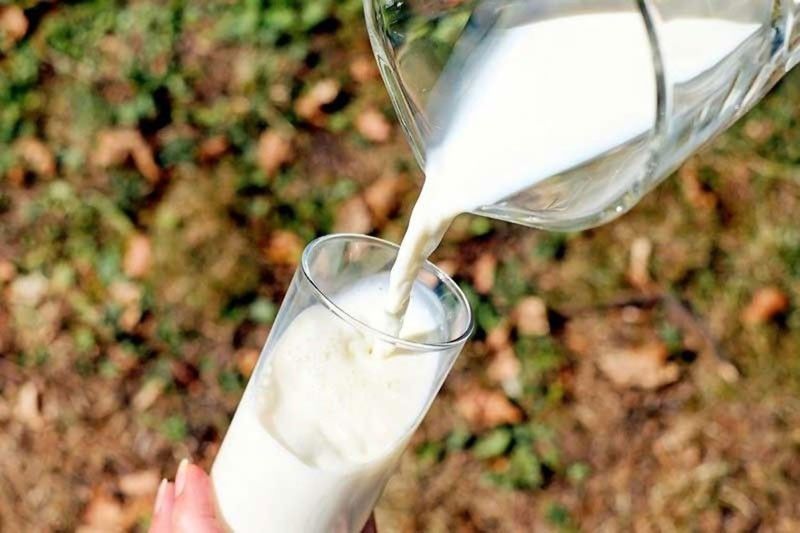Lower dairy imports expected this year

MANILA, Philippines — The Philippines is seen to import less dairy products this year due to lower demand brought by the continued quarantine and movement restrictions, according to the United States Department of Agriculture (USDA).
In its latest report, Foreign Agricultural Service of the USDA said dairy imports are forecast to reach 2.9 million metric tons of liquid milk equivalent this year, one percent lower than the previous year.
While overall dairy imports by volume are projected to decline, the value is expected to increase due to rising prices of dairy products, especially for milk powder, cheese and liquid (ready-to-drink) milk, the USDA said.
The USDA cited data from the National Dairy Authority (NDA) showing that overall dairy imports dropped six percent in the first half of the year to 1.47 million MT liquid milk equivalent (LME).
“Most dairy products had lower import volumes during the first six months except for whey powder, cheese, butter, buttermilk powder, and fluid milk,” the USDA said.
The projected decline in imports is mainly due to the slowdown in demand following the various quarantines and movement restrictions, the USDA said.
Dairy imports, however, are seen to slightly recover next year, growing by two percent, with the expected reopening of the economy and most of the population becoming vaccinated.
“Business operations will expand from the current 30 percent dine-in capacity allowed by the government, driving more consumption from customers eager to eat out again. Hotels are also expected to resume fuller operations in 2022, which will result in larger dairy consumption,” the USDA said.
Skim milk powder (SMP) imports are seen to reach 165,000 MT this year and 175,000 MT next year as the food manufacturing sector expands operations to meet increasing consumer demand following the economic reopening.
Similarly, imports of whole milk powder (WMP) are projected at 20,000 MT this year and will grow to 25,000 MT next year.
“Whole milk powder is not a priority among Filipino households with a tight budget, who will opt for cheaper substitutes. With an improved economy and greater purchasing power, however, WMP sales are expected to improve,” the USDA said.
Imports of liquid or ready to drink milk are also seen to grow from the projected 114,000 MT this year to 115,000 MT in 2022.
Meanwhile, cheese imports are seen to grow 50,000 MT this year and is projected to further increase to 52,000 MT in 2022.
“As the economy recovers from COVID-19, the expansion of fast-food, pizza, and other restaurants will drive increased demand for cheese. Hotels, an important market for cheese, are expected to operate more fully in 2022 and not be limited to quarantine hotels, as the population becomes more vaccinated and COVID cases decline, the USDA said.
Meanwhile, the USDA said the Philippines is expected to see a recovery in dairy exports this year, as 32,225 MT have already been exported during the first half.
“The biggest export item so far is cream at 40 percent share, with Singapore and Malaysia being the country’s top markets,” the USDA said.
Dairy exports are seen to increase next year, as exporters take advantage of duty-free market access from the ASEAN free trade agreement and COVID-19 restrictions ease further.
The USDA expects the country’s milk production to decline by two percent to 26,000 MT due to a reduction of the dairy herd following the slaughter and retirement of older animals.
Production is seen to rebound three percent to 26,800 MT next year, boosted by more dairy animals and the active implementation of the Philippine government’s dairy development projects geared towards increasing milk production.
The USDA pointed out that the Philippines supplies only one percent of its total annual dairy requirement, with the rest imported.
“Production growth has been slow in previous years because of the inability to increase the dairy herd, mostly due to insufficient funding and little investment from the private sector,”the USDA said.
- Latest
- Trending





























